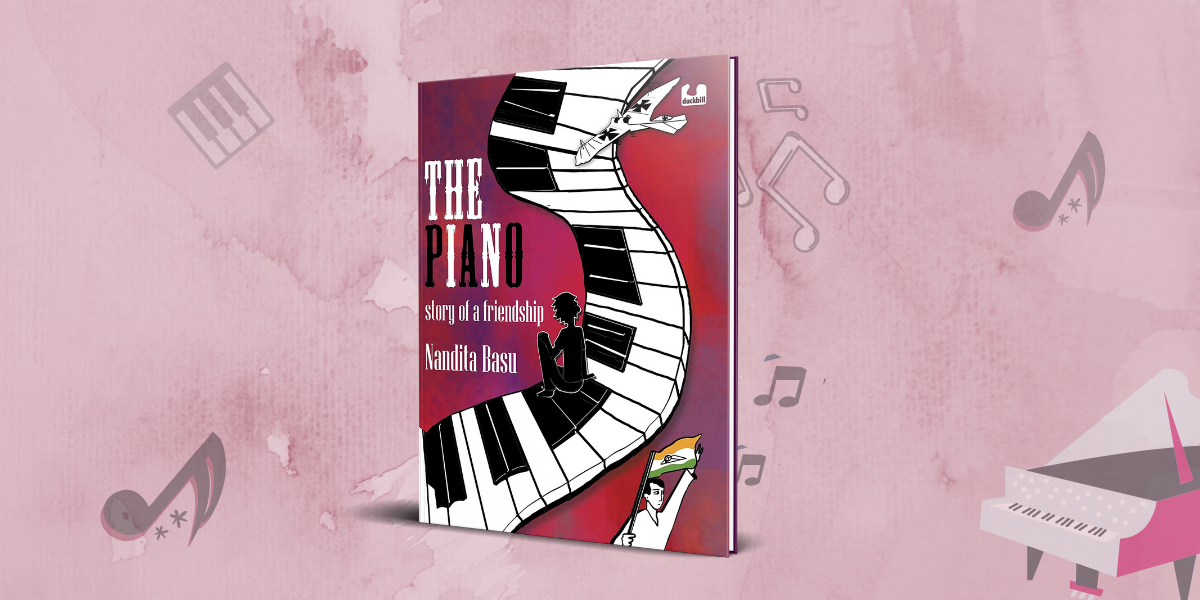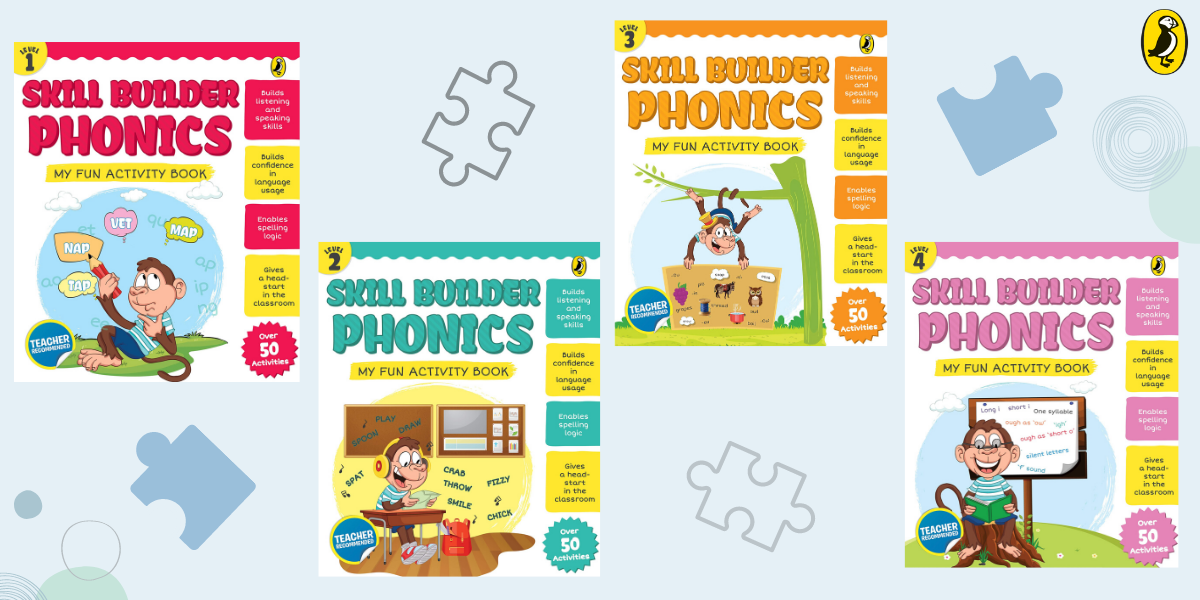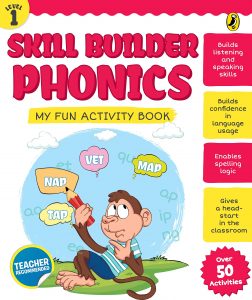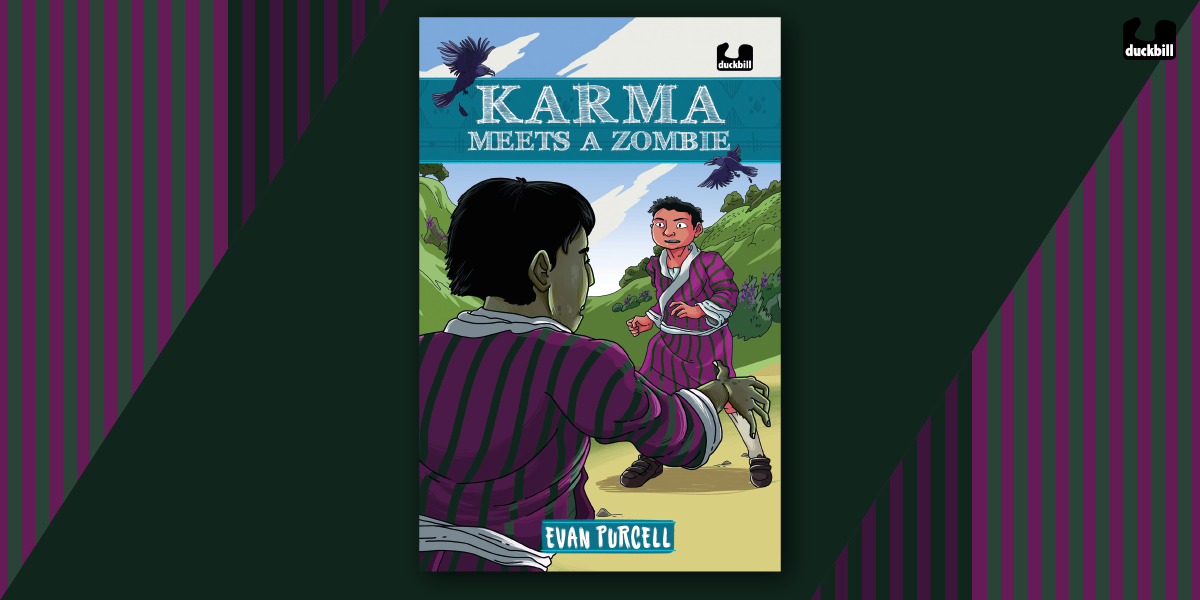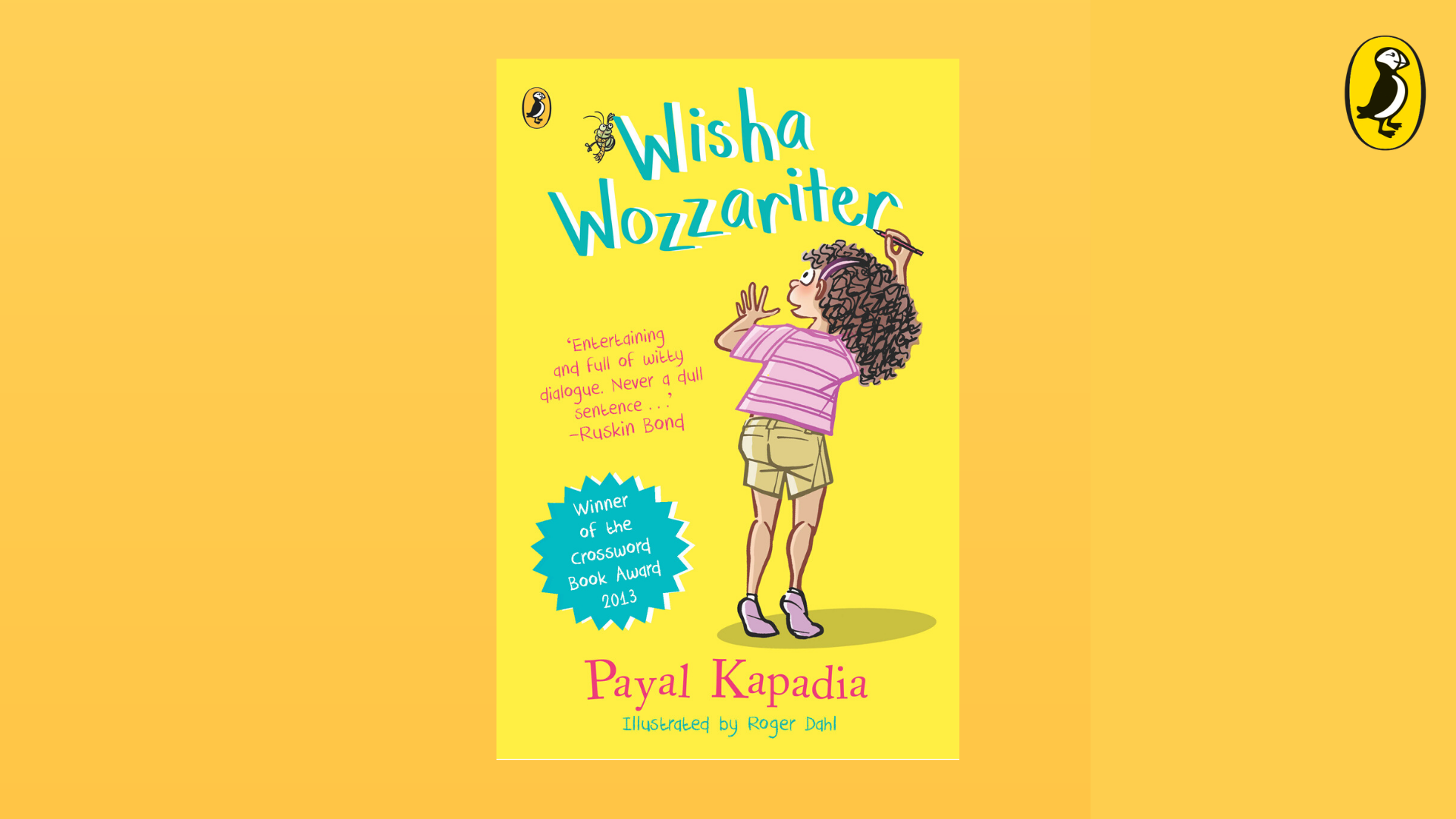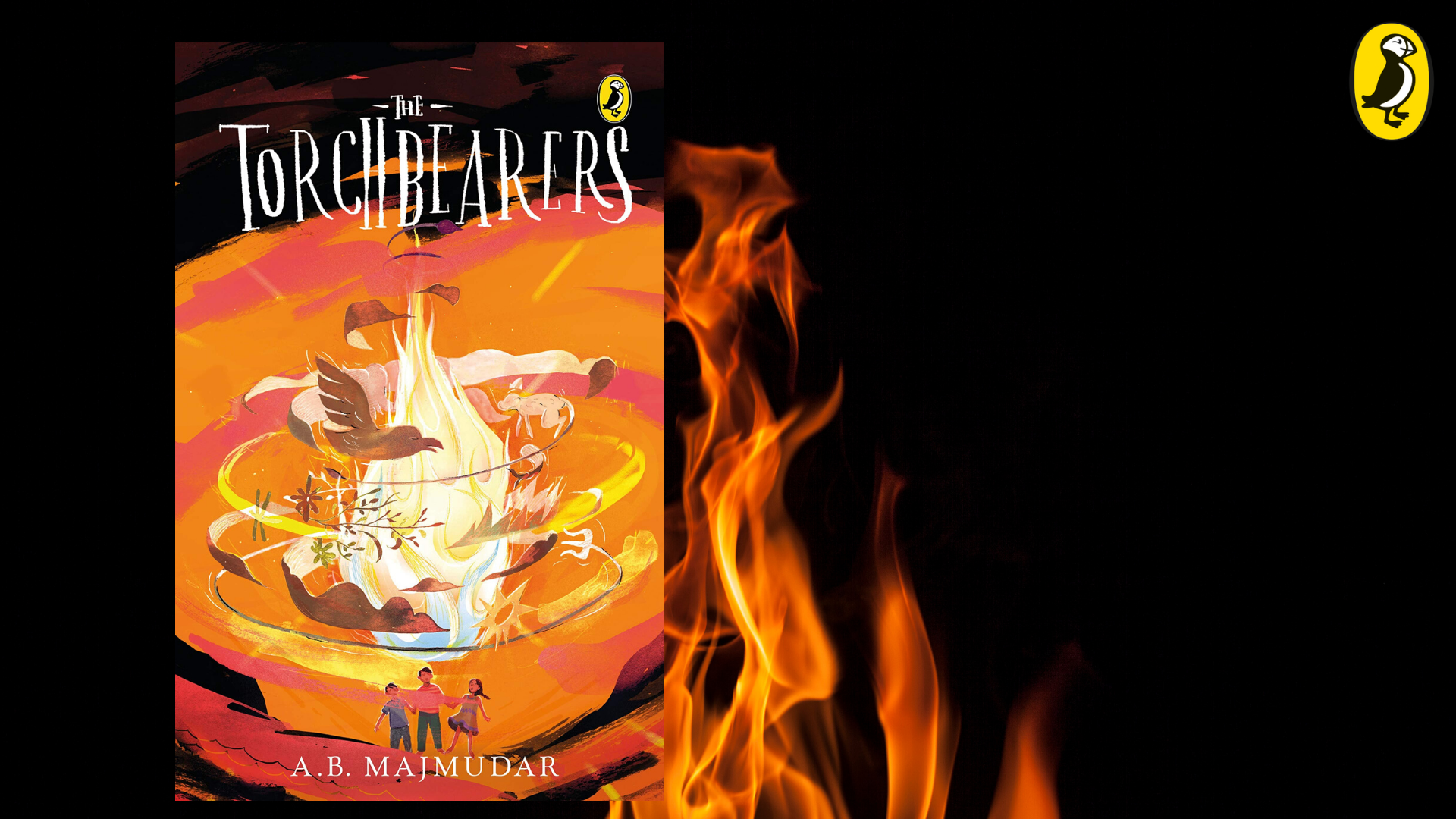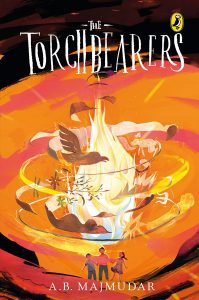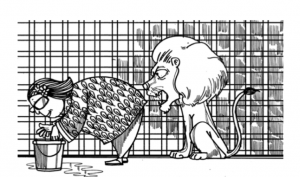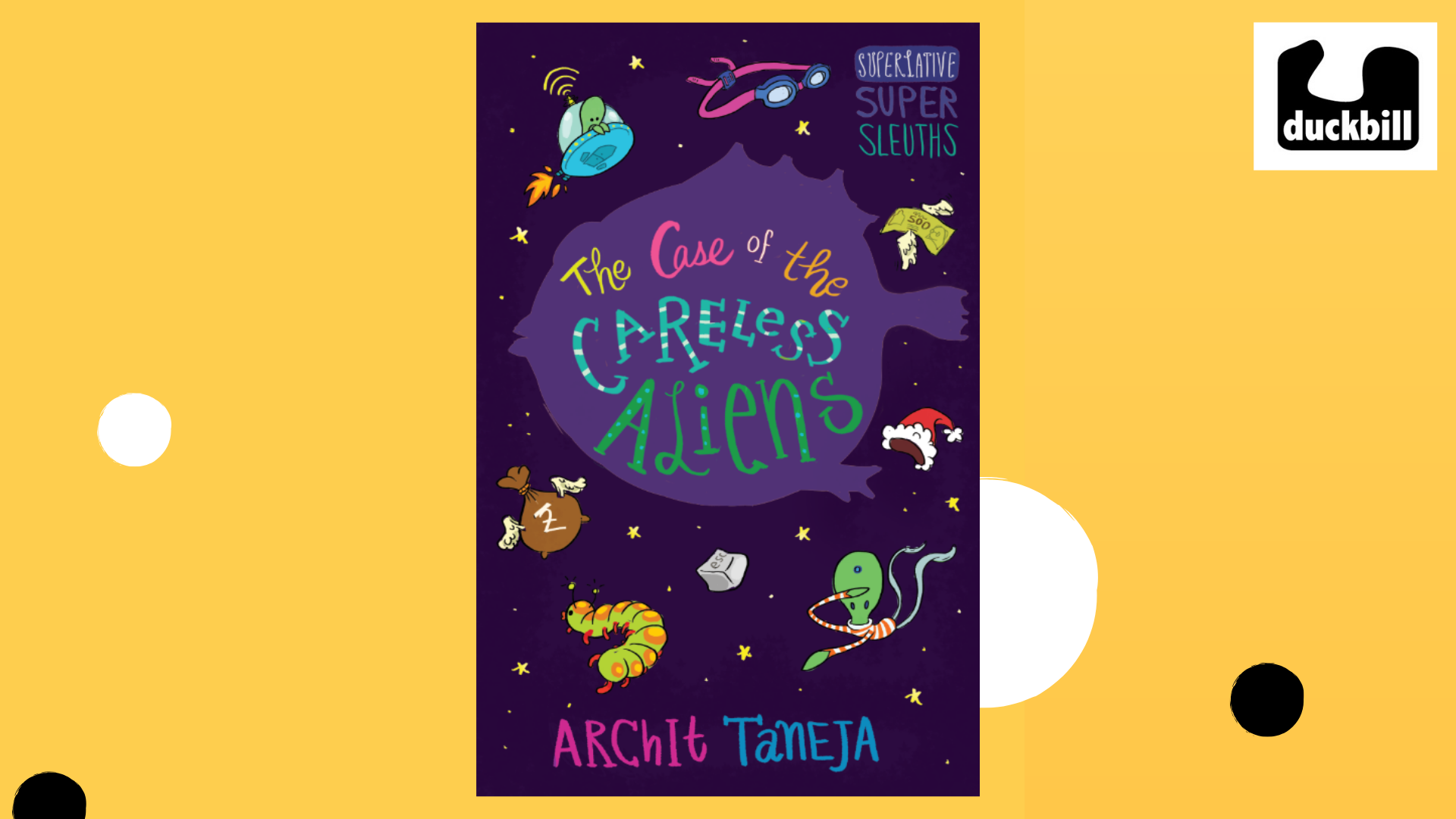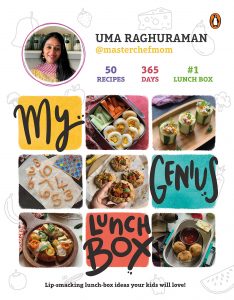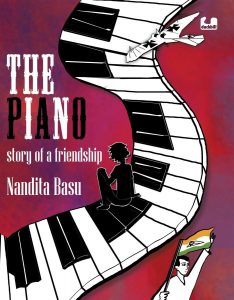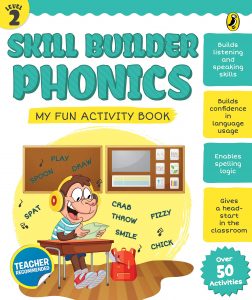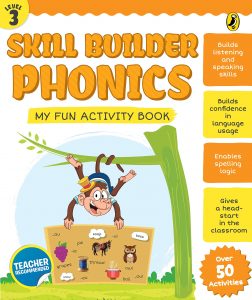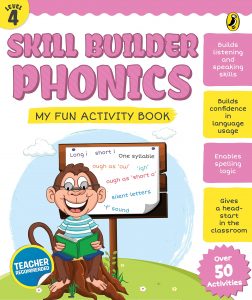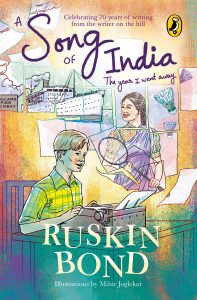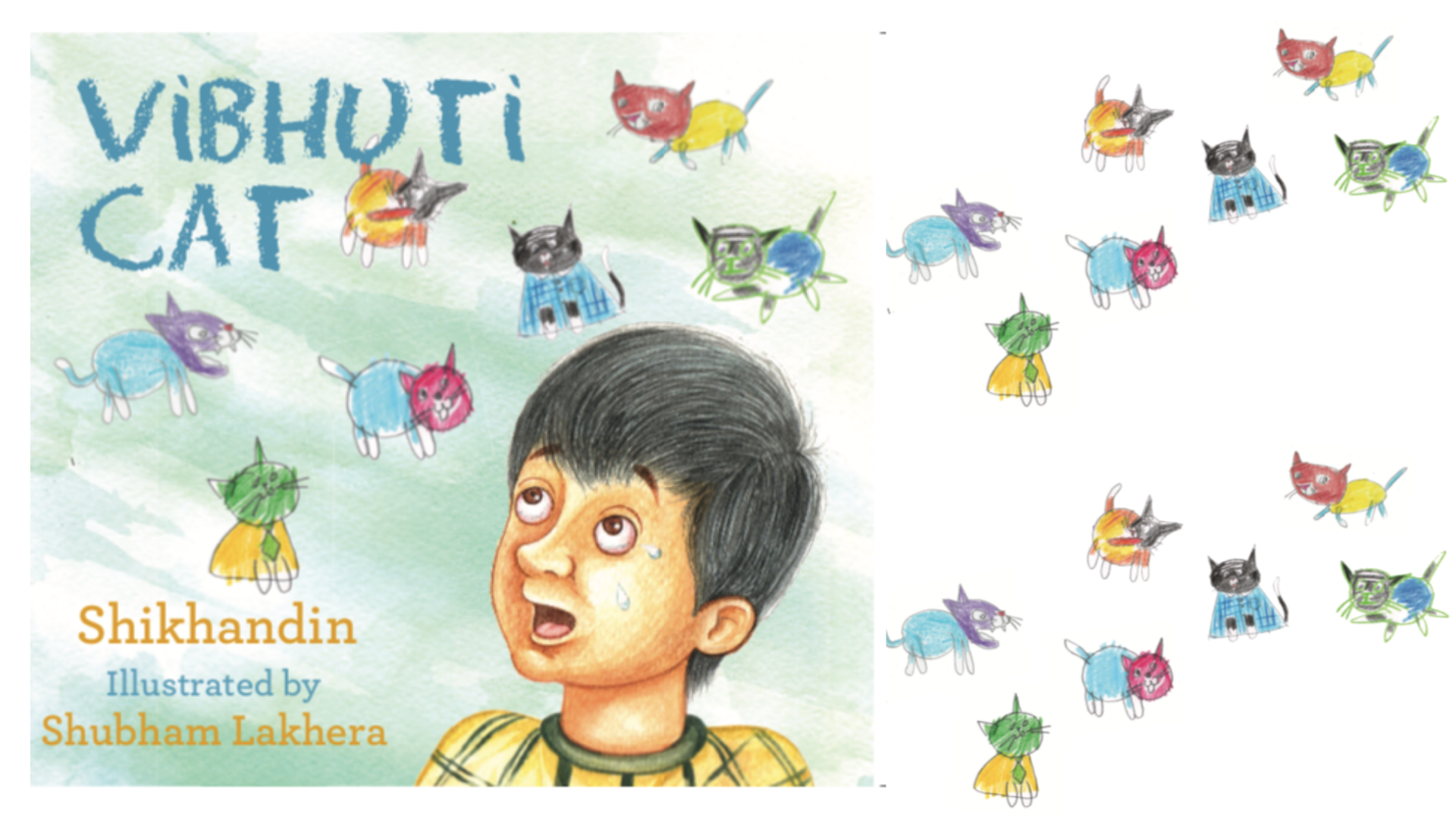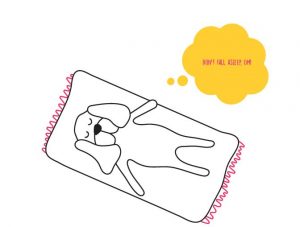Nandita Basu’s evocative graphic novel traces the unlikely journey of a piano across the tumultuous twentieth journey from pre-war Leipzig, across the destruction of the First World War, to 1930s Chandernagore and Indian Independence. The Piano: Story Of A Friendship tells the story of a rare and indefinable friendship—one between a young musician and the medium of her creativity—of unexpected affinities, of bonds lost and regained. Read on to learn more about the actual friendship that inspired this delightful tale.
**
‘Meet the real Marcus Aurelius Fact and fiction always merge at a certain point, and then you begin to wonder what is real and which one is the story. Many years ago, I came across a rundown brown piano lying under a staircase in Vasant Kunj, Delhi. It was for sale. It stood with another old broken piano, which was black in colour, but my eye was caught by the more rickety one, I am not quite sure why. There was a large price tag even though the piano was quite broken. Yes, in India people sell even broken pianos for a lot of money.
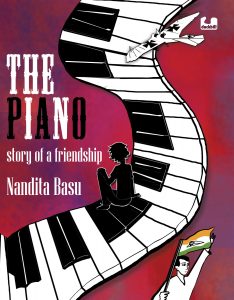
My negotiating skills are very poor, so I ended up emptying my bank account. I was eighteen then and the money I shelled out was everything I had earned from kind relatives who would give me money on my birthday or other occasions. Eighteen years’ worth of birthday− and gift−money, and some other money I had earned from odd jobs, went into buying this brown piano. I had no clue where I would get the money to repair it. I named my piano Marcus Aurelius. The reason was simple: I was influenced by the emperor Marcus Aurelius at the time. I would carry his book with me. So the choice of name was obvious. This brown broody piano seemed to have so many things to say, if only one knew how to speak to it. Right from the start, I felt that piano had a soul, just like you and I do. Sometimes, it seemed a bit dark but that’s probably because it had seen way too much. And that made me curious. I wanted to trace its history. The piano was made by a well−known German company called Julius Feurich (founded in 1851 in Leipzig, Germany). Pianos usually have a number embossed on the inside. Piano−makers put it in there to track down manufacturing details, especially the age of the piano. It wasn’t easy to find an address for the makers of Marcus because Leipzig had been behind the Iron Curtain for decades after World War II. In 2012, it had been sold to an Austrian piano manufacturer. Also, artisanal piano-making is rare these days, and almost all pianos are now made in factories. So to trace the Feurich-makers was a bit of work. But I finally did. I sent them an email with the embossed number and asked them if they had more details about this piano. I received a reply a few days later. I was told that the number indicated that Marcus was made around 1914. Unfortunately, there was no other information because the workshop had been bombed during World War II. They ended the mail by saying they were really happy I owned such a classic piano that still played, because it had a really fine sound. As bizarre as it may sound, musical instruments also need to be broken in, much like riding a horse. You might think playing a piano is just pressing notes so that you hear the sounds. It’s not exactly like that. For a pianist to get the right sound, there is a transfer of energy that happens between the player and the piano. It’s hard to explain unless you play yourself. But a lot happens between the instrument and the player. Marcus was unlike any other piano I had played. With Marcus, I was faced with rejection and disappointment. It was like Marcus didn’t want me to play it. Or maybe Marcus didn’t want to sing anymore. Whatever it was, for the first few years—yes, years!—I could never create the right sound on that piano. It was as if the more I tried to talk to Marcus, the more Marcus rejected me. And then one day, I am not sure why, I was playing a sonata by Mozart and like magic, the sound I had been struggling to find just burst out. Marcus had finally spoken. That was Marcus’s first hello to me, the start of our friendship. I still have Marcus, and Marcus needs another round of repairs soon, which is going to blow a hole in my pocket. But I would have it no other way. It’s like we were meant for each other.’
***







